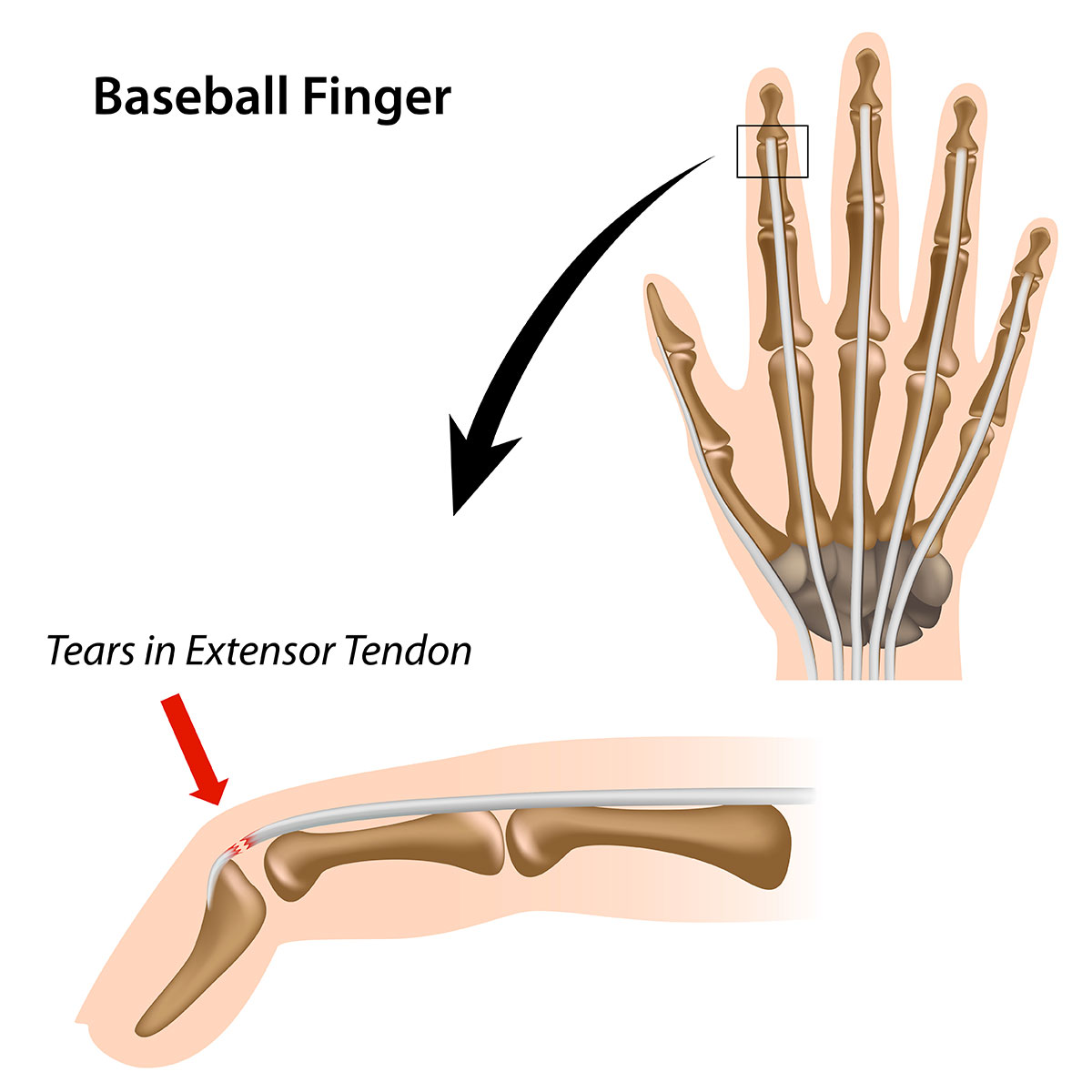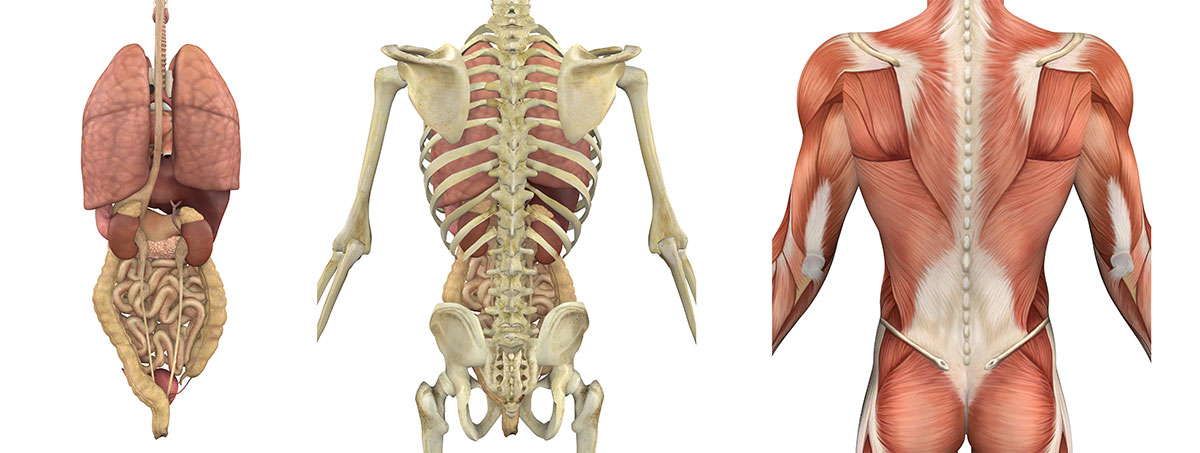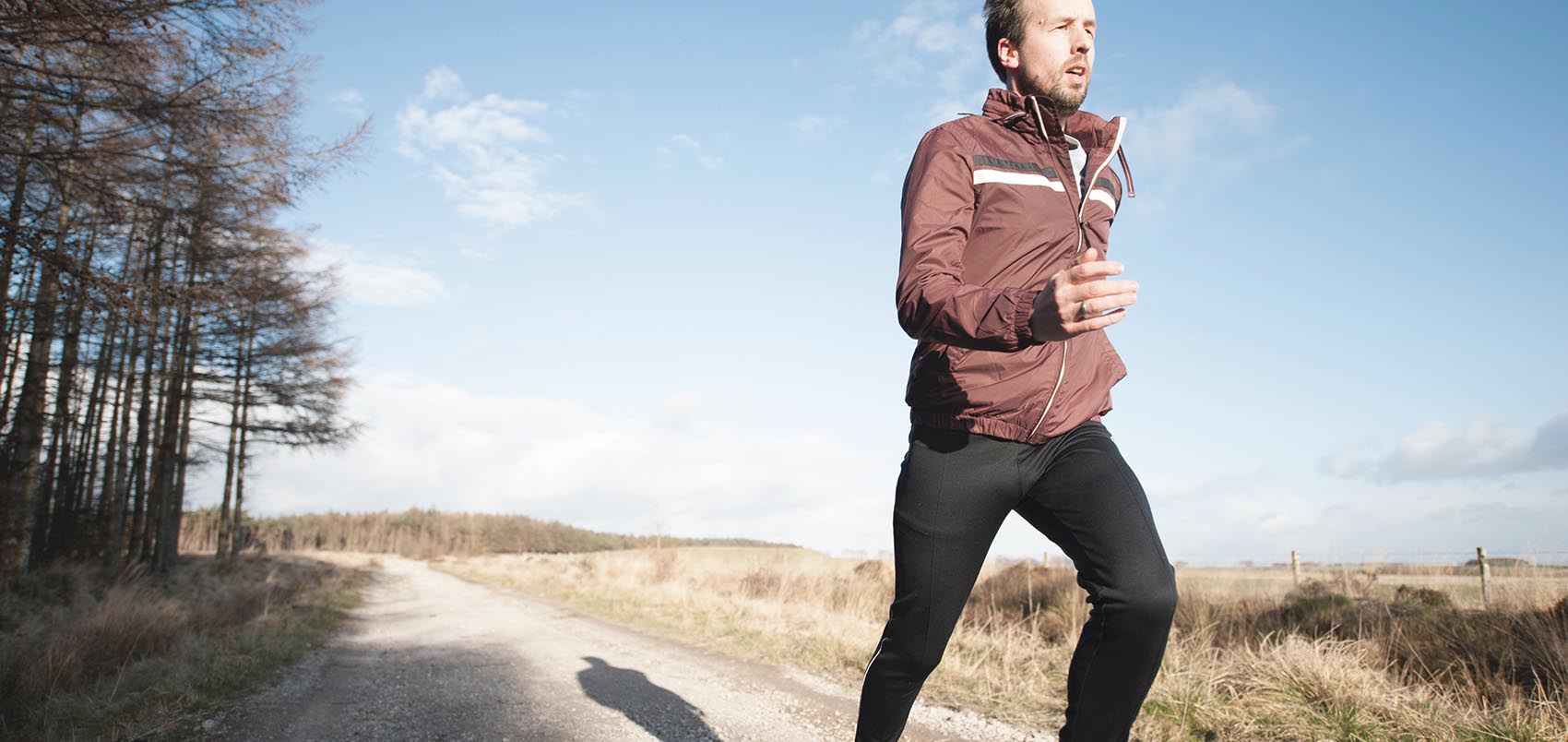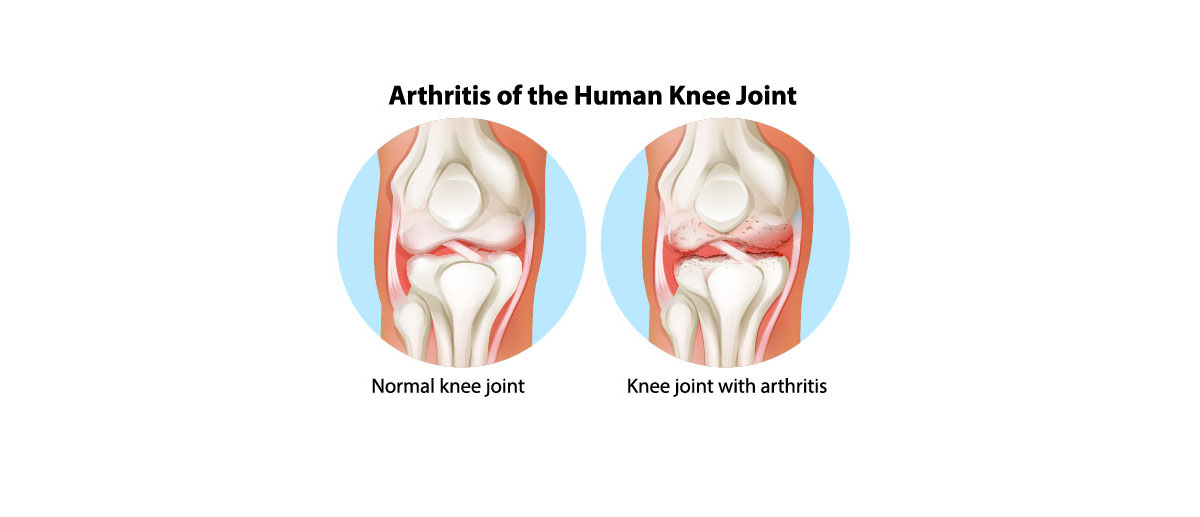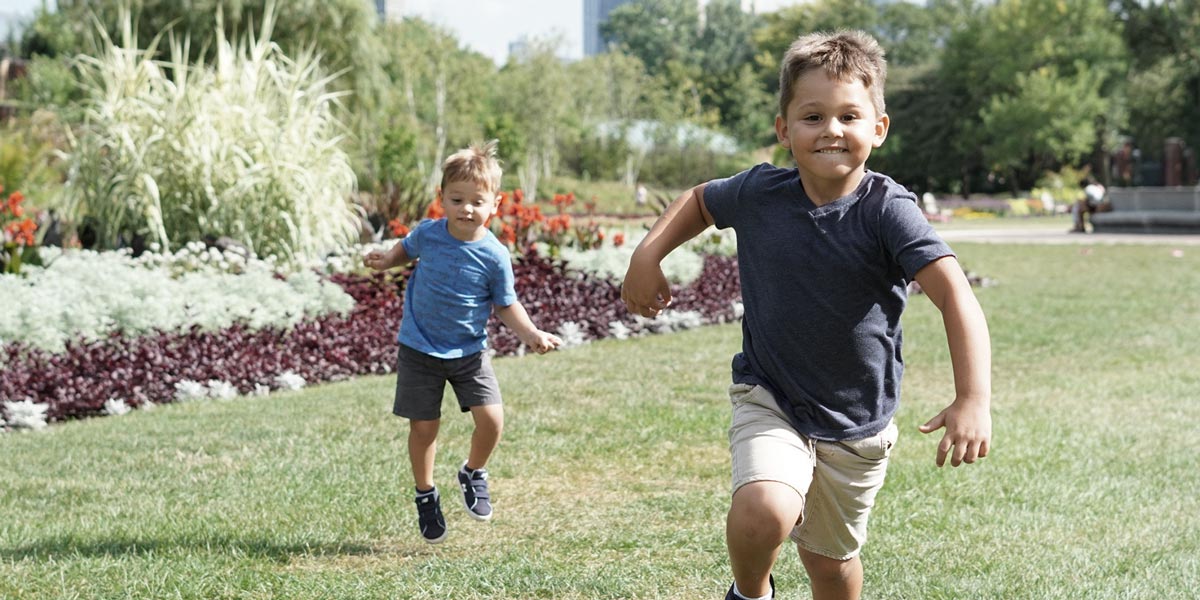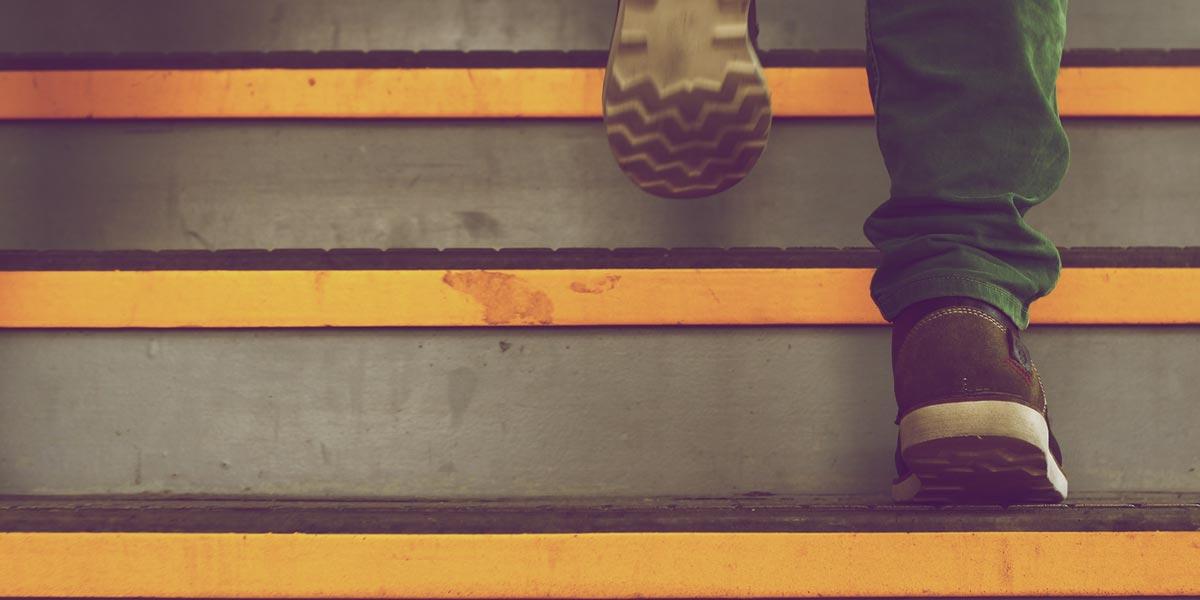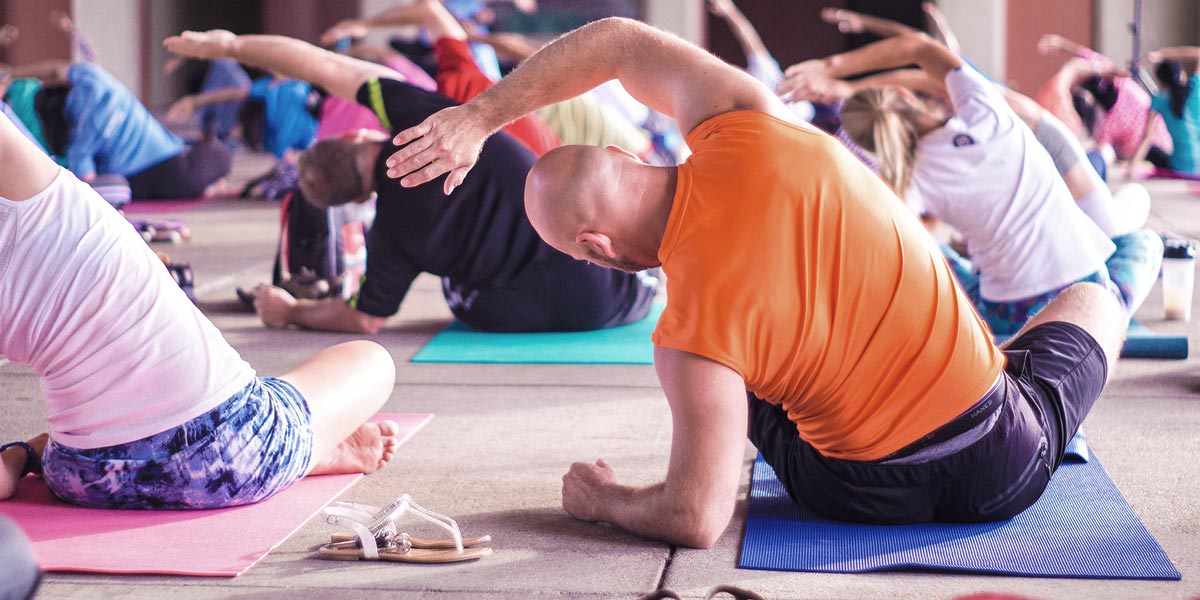The labral tear in the shoulder is a very common injury to our athletes seen at Advanced Orthopaedic Specialists. The shoulder is made of a ball and socket joint. The ball is very large. The socket is very small. The joint is very similar to a golf ball, which rests on the tee. The stability of the ball onto the socket is dependent on the labrum and the ligament which attaches to the labrum. This offers the primary stability to the shoulder joint. Secondary stabilizers include the rotator cuff muscles, which surround this. The socket is very similar to the face of a clock and there is a labrum, which surrounds this completely. There is a superior labrum, which is at the top or the 12 o’clock position. There is the anterior labrum, which is in the front part of the socket and there is a posterior labrum. In the back, the labrum is cartilaginous and has the appearance of a “gristle.” It is very similar to the structure which makes up the tip of the nose. The labrum acts as a buttress to keep the shoulder in joint. More importantly, the ligament which stabilizes the shoulder attaches to the labrum.
There are basically three types of labral injuries, which are seen in the athlete. There is a superior labrum. This is commonly seen with repetitive throwing or repetitive overhead activities. There is an anterior labrum, which also is seen with repetitive throwing and overhead activities, but is also very common with a shoulder dislocation. There also is a posterior labrum, which is in the back part of the shoulder and this is commonly seen in direct force to the shoulder or in heavy weightlifters and offensive lineman.
In our patients who tear their labrums, initially, a nonoperative protocol is started. We start with trying to strengthen the surrounding structures, i.e., the rotator cuff. The patient is started on anti-inflammatories and possibly a corticosteroid injection. Once the patient has resumed their full range of motion and has regained their normal strength, we allow the patient to return to play. If the patient experiences persistent pain or instability, we can consider surgical options. Surgery for the superior labrum consists of either a simple debridement. At which point, a microscope was inserted in the shoulder and the cartilage tear is cleaned up. This is typically a very quick return to sport, as soon as three months. If, however, the superior labrum is completely torn, we attempt to repair this and return to sport is approximately four to six months.
If an anterior labrum is torn, again, we try to treat this nonoperatively with physical therapy, anti-inflammatories, and possibly injection. If, however, the patient continues to be symptomatic or if they experience instability, excellent results have been obtained with labral repairs.
In the past, this procedure was done through a large incision. We currently do this through the microscope where we can reattach the labrum to the normal sockets. The procedure takes approximately one hour. Physical therapy is started immediately. A sling is worn for approximately four to six weeks. A strengthening program is started at three months and return to sport is typically four to six months. Anterior labral repairs have approximately a 90% to 95% success rate.
A posterior labral tear also is treated initially nonoperatively; however, if the patient continues to be symptomatic, we perform this in a very similar fashion to the anterior labrum with a similar return to sport timetable.
With the advent of arthroscopy, the labrum is easily repaired and we can anticipate a much better result as opposed to previously when was done via an open fashion. At Advanced Orthopaedic Specialist, we have repaired hundreds of labrums and have allowed our patient to return to full level activity in a predictable fashion. If you have been told you have a torn labrum, please contact us at Advanced Orthopaedic Specialists.
